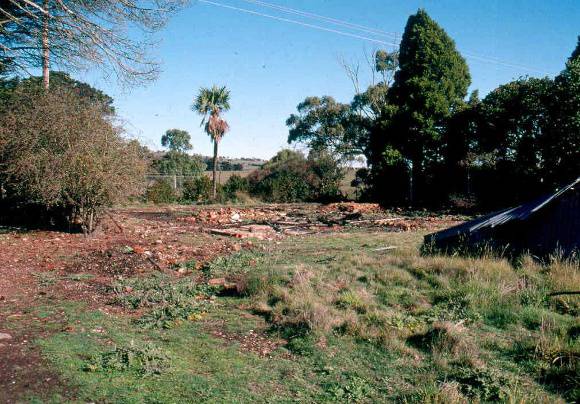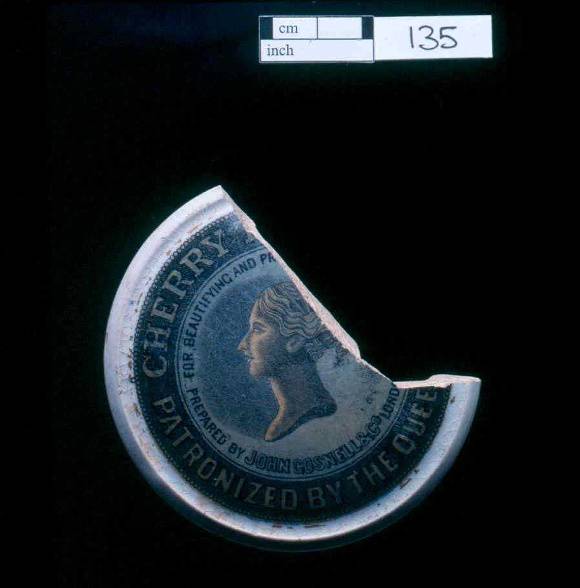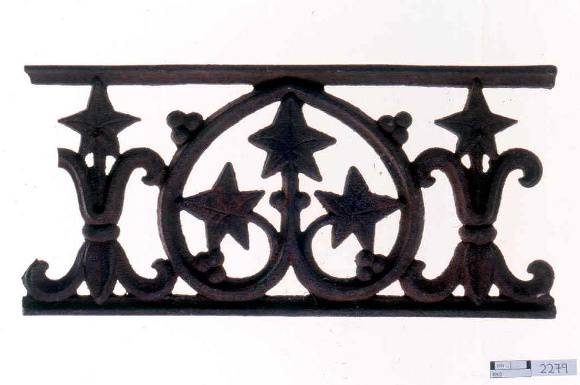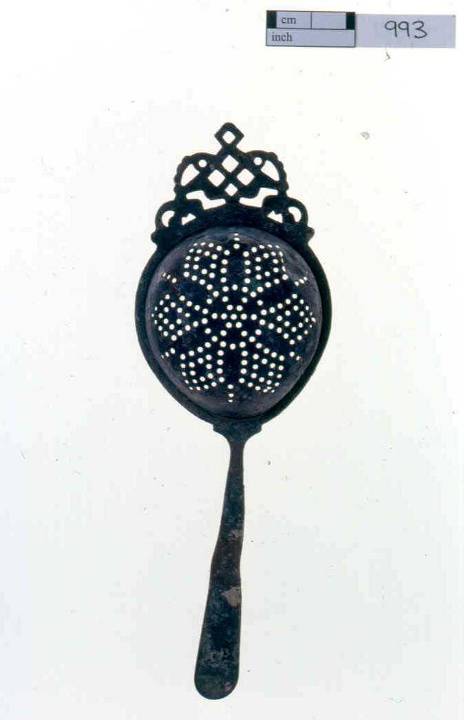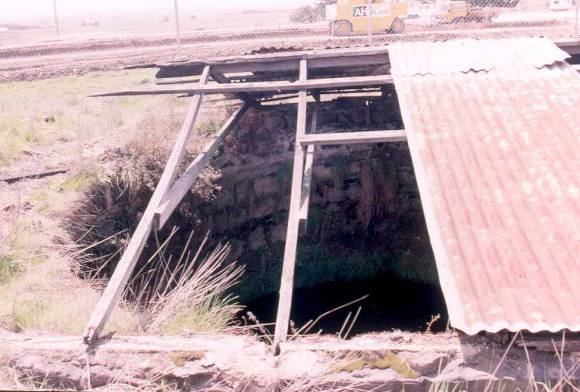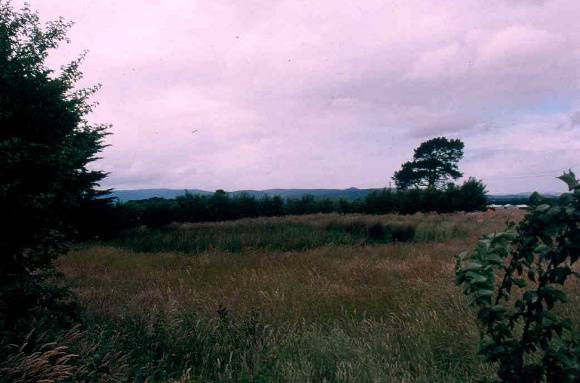| Back to search results » | Back to search page » |
|
GISBORNE MAINS HOMESTEAD SITE
LocationCALDER FREEWAY GISBORNE, MACEDON RANGES SHIRE
File NumberPL-HE/03/0011LevelRegistered |
|
Statement of Significance
What is significant?
How is it significant?
The Gisborne Mains Homestead site is located on the Calder Freeway
at the South Gisborne Rest Area. The original nine room residence,
wash house, underground bluestone water tank, and garden and orchard
was built between 1857-64 by Charles Hutton, a local Gisborne business
identity. The property was purchased by Thomas and Agnes Watson in
1864 and under their management became a prosperous stud farm. The
Gisborne Mains farm produced champion draught horses and sheep, and
various farm products that won prestigious awards at the Royal
Melbourne Show. The Watson family gained widespread respect and praise
from the surrounding farming community. Thomas Watson died in 1891 and
Agnes in 1907. Under the management of the next generation of the
Watson family, the role of raising stud stock and selling draught
horses declined in favour of sheep farming, cattle breeding and the
production of fruits and dairy items. The residence remained virtually
unaltered during the 100 years it belonged to the Watson family,
except for the renovations to first create and then upgrade the
kitchen. The existing garden with its English Hawthorn hedge rows,
English Box hedges, two Chinese Windmill Palms, exotic trees and
orchard dates from the turn-of-the-century. The buildings have been
demolished by fire.
Gisborne Mains Homestead site is of historical, social and
archaeological significance to the State of Victoria.
Why is it significant?
Gisborne Mains Homestead site is historically significant as an
important reminder of Victoria's late nineteenth century farming
industry. From 1864, its owners, Thomas and Agnes Watson operated it
as a prosperous stud farm making widely recognised contributions to
the development of agricultural and animal husbandry practices.
Gisborne Mains Homestead Site is historically important because
its intact garden and orchard contributes to a greater understanding
of nineteenth century agricultural development and landscape design.
Gisborne Mains is of landscapevalue for the survival of its formal
garden and plantings including a pair of Trachycarpus
fortunei (Chinese Windmill Palm) which framed the front
entrance,Cupressus torulosa (Bhutan Cypress), Cupressus
macrocarpa (Monterey Cypress) rows, Pinus pinea (Stone
Pine) and Crataegus monogyna (English Hawthorn) hedges. North
of the garden are remnants of the orchard comprising of a Morus
nigra (Black Mulberry) and two Pyrus communis (Pear).
Gisborne Mains Homestead site is of archaeological significance to
the State of Victoria owing to the integrity and intactness of the
extensive below ground remains and relics associated with the
operation of the place as a stud farm under the management of Thomas
and Agnes Watson. Of significance is the known physical evidence of
the residence, wash house or laundry, a rare water tank carved into
the bluestone rock, and the potential for the area to contain
undisturbed refuse deposits containing artefact assemblages associated
with late nineteenth century domestic and farming activities of Thomas
and Agnes Watson. The archaeological excavations recovered significant
artefacts relating to the historical occupation of the site and
demonstrated the site's value and potential to contain extensive and
well preserved archaeologcial relics.
Group
Residential buildings (private)
Category
Artefacts/Relics


